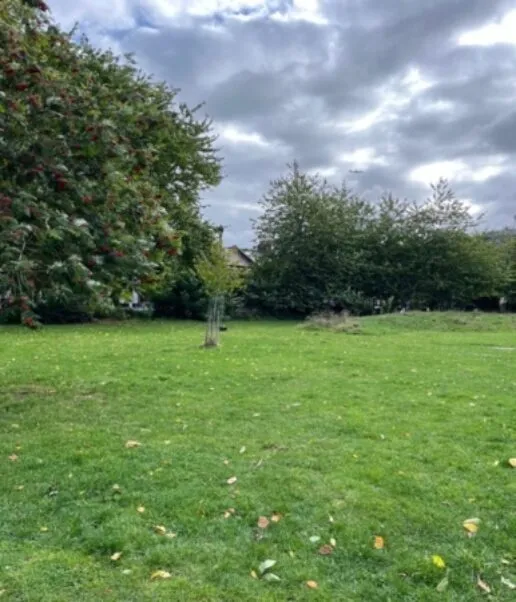It is widely acknowledged that spending time in nature is integral for wellbeing, and increasing numbers of published studies document apparent beneficial links between spending time in green spaces and positive health outcomes. There is a paucity of information, however, as to which specific aspects of green spaces contribute to improved mental and physical health.
Amid growing concerns about urbanisation and a sense of disconnection with natural environments, it is crucial that we gain a better understanding of the various green space characteristics that influence our health. This consideration becomes especially important given the growing interest in prescribing nature to address modern-age stress, as well as in defining how to prioritise aspects of urban green spaces.
To date, most of the research has focused upon visual stimuli, leaving the impact of our sense of smell upon our health outcomes comparatively understudied. This is intriguing since olfaction is a major input into the limbic system and contributes to a variety of brain functions including emotional regulation and memory. And, rather strikingly, humans have the olfactory ability to detect more than one trillion scents.
What exactly are we smelling when we spend time in nature and why?
Scents are vital communication mechanisms for plants, and biogenic volatile organic compounds (bVOCs) are emitted to deter herbivores, respond to environmental stressors and attract pollinators. The scent profiles that you encounter in green spaces are due to the distinct bVOCs emitted by the plants present. You may be familiar with encountering crisp aromas when walking past freshly cut grass, the distinct pine scent in forests or the refreshing zesty aroma of citrus plants.


Have you ever taken time to wonder how these aromas may be impacting your health when you spend time in nature?
Emerging evidence suggests that volatiles have interesting interactions with human physiology too. The diverse beneficial effects of inhaling bVOCs include decreased mental fatigue, elevated relaxation, and enhanced immune system function. Volatiles commonly emitted in green spaces, such as a-pinene, and d-limonene have been shown in clinical settings to significantly increase parasympathetic nervous system activity and improve psychological wellbeing. Similar positive impacts have also been documented following time spent in forests, with distinct indications that bVOCs pass into the blood, and marked decreases in the stress biomarkers, cortisol, has been observed. However, there are significant knowledge gaps as to whether these health-enhancing effects also occur when you spend time in urban green spaces such as parks and botanic gardens that contain a different diversity of plants.
Work to examine the potential health impacts of scents encountered in urban green space is being carried out by OXLEL at the Oxford Botanic Gardens and Arboretum. This research aims to better understand the mechanisms through which volatile organic compounds released by plants can influence our physical and mental wellbeing, and address key urban green space knowledge gaps.


